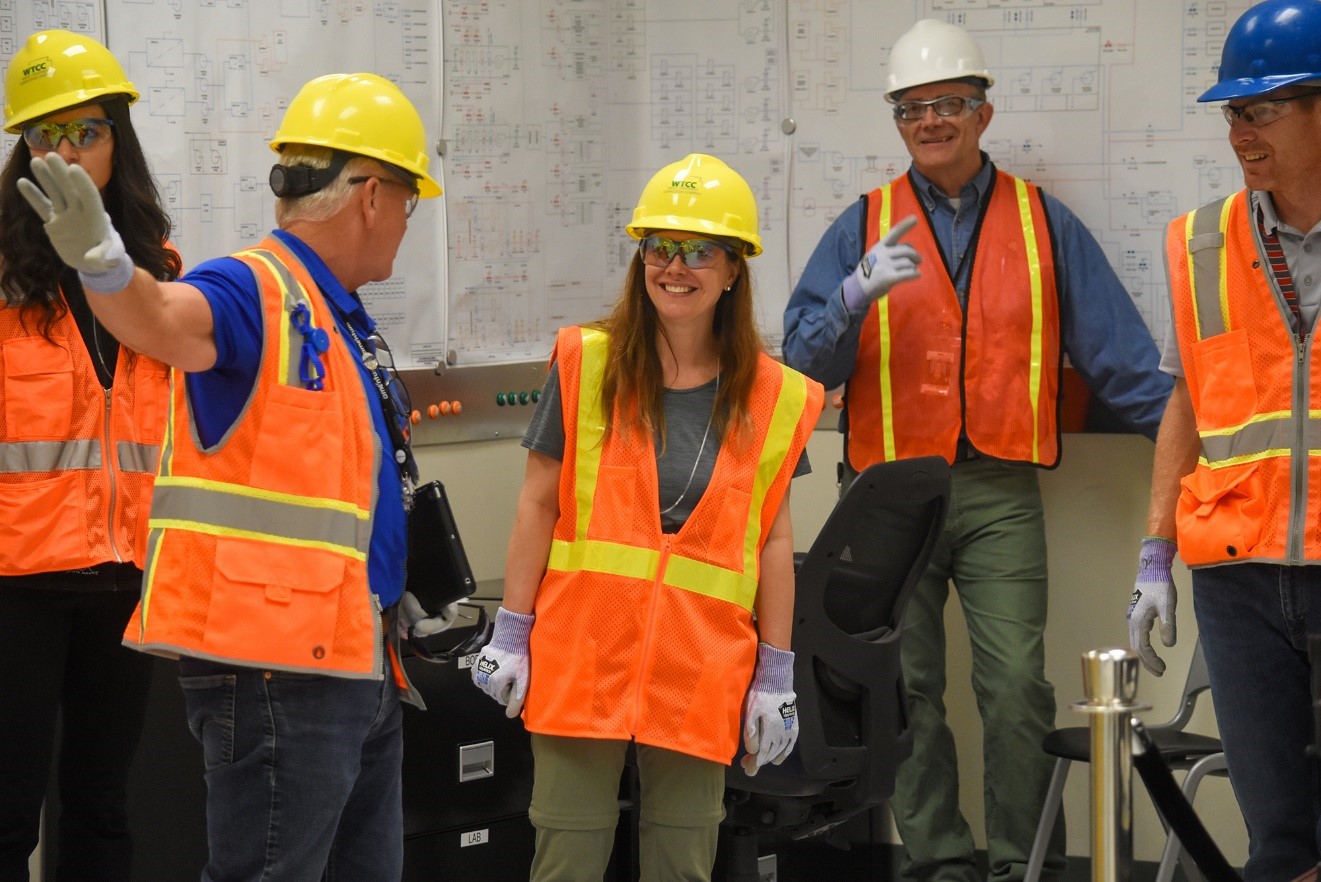Washington Department of Ecology Director Laura Watson visited the nation’s capital last week, urging the federal government to adequately fund cleanup of the most contaminated nuclear site in the nation.
Ecology estimates more than $7 billion is required to keep Hanford Site cleanup on track for the next two years. This includes a budget of $3.35 billion in fiscal year 2023 and another $3.76 billion in 2024. While Watson was in Washington, D.C., President Joe Biden signed a $2.7 billion appropriation for Hanford cleanup in 2022 - a record amount for the work.
“Senator Murray, Senator Cantwell and our champions in the House are working hard to deliver the funding we need to keep cleanup work at Hanford on track,” Watson said. “But the fact that the record funding for this budget still falls hundreds of millions below what is needed demonstrates the challenges ahead of us.”
Washington Gov. Jay Inslee praised the progress Congress made in the 2022 budget for Hanford, but cautioned that cleanup costs will grow without greater commitments in the years ahead.
“Without significant increases in funding in future budgets, we will continue to see delays in progress, heightened environmental risk, and it will ultimately require billions more in cleanup costs,” Inslee said.
From World War II through the Cold War, the Hanford Site produced more than 67 tons of plutonium – and untold millions of tons of related radioactive and hazardous waste. When plutonium production ceased in 1989, the site’s mission shifted to cleaning up the massive amounts of waste and contamination our nation’s nuclear effort left behind.
While the federal government has long acknowledged its responsibility for cleaning up that toxic legacy and made legal commitments to do so in the Tri Party Agreement, presidential administrations of both parties have failed to request sufficient funding to keep the work on schedule, putting the onus on Congress to increase funding to meet the need.
As the state agency charged with overseeing the Department of Energy’s cleanup work in Hanford, the Washington Department of Ecology pushes the federal government to meet its commitments. In Washington, D.C., last week, Ecology Director Watson met with representatives from several federal agencies, elected officials, and officials from the Biden administration. Watson was joined by David Bowen, Ecology’s Nuclear Waste program manager.
Watson and Bowen shared five alternatives from the Department of Energy’s Analysis of Alternatives, a document detailing 18 cleanup scenario alternatives for tank waste treatment, including the estimated lifecycle cost and timeline to finish cleanup for each.
Although grouting the waste in the tanks – meaning filling them with a concrete-like mixture – is sometimes touted as a cheaper and faster way to clean up Hanford’s tank waste, Energy’s analysis demonstrates that grouting is not the fastest or least expensive option. No matter what scenario is selected, the analysis shows that Hanford funding needs to be significantly increased in order for Energy to complete the cleanup by the end of this century.


